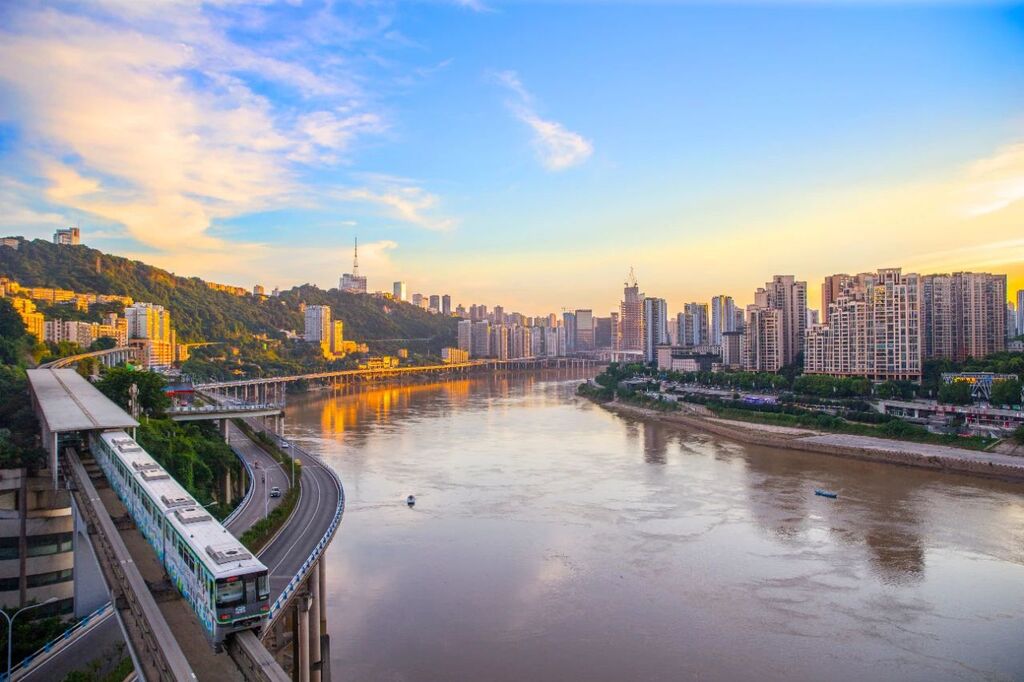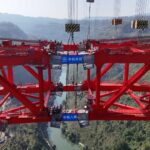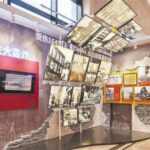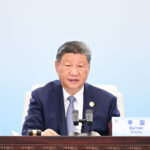Golden autumn in Chongqing brings abundant fruits. The successful convening of the Seventh Plenary Session of the Sixth Municipal Committee (hereinafter referred to as the Plenary Session) has drawn a grand blueprint and pointed the way forward for the city’s development. The meeting focused on the theme of “building a high-level modern people’s city,” profoundly answering key questions such as “why build,” “what to build,” and “how to build,” sounding a clarion call for writing a new chapter of a modern people’s city in Chongqing on the new journey of the new era. This is not only a political consciousness to thoroughly implement the central government’s decisions and deployments on urban work but also a solemn commitment to responding to the aspirations of 34 million mountain city residents for a better life.
Why Build: The Question of the Times, The Will of the People
Building a modern people’s city is an inevitable choice for Chongqing to shoulder the national strategic mission and comply with the laws of urban development. Chongqing integrates a large city, vast rural areas, mountainous regions, and reservoir areas. Its massive scale, complex spatial structure, and unique landscape endow it with infinite charm but also bring governance challenges. The Central Urban Work Conference profoundly pointed out that “urban development is for the people and relies on the people,” providing us with a fundamental guideline. The Plenary Session emphasized that we must firmly grasp the fundamental attribute of a “people’s city” and take meeting the people’s growing needs for a better life as the starting point and落脚点 of urban work. This requires urban construction to:
Solve “big city problems”: Faced with issues such as population agglomeration, spatial constraints, safety resilience, and functional optimization, there is an urgent need to explore new governance paths that conform to the characteristics and laws of megacities.
Promote high-quality development: The city is an important carrier of high-quality development. Building a modern people’s city is the core engine to stimulate innovation vitality, optimize spatial layout, enhance comprehensive energy levels, and support the construction of a modern new Chongqing.
Create a high-quality life: The core of a people’s city is the “people.” The fruits of development must benefit all citizens more and more fairly, allowing everyone living in Chongqing to feel convenience, comfort, safety, and dignity.
Building a high-level modern people’s city is a strategic choice for Chongqing based on its actual conditions, responding to the issues of the times, and fulfilling its original mission. It concerns the city’s future and, more importantly, the well-being of the people.
What to Build: “Six New Aspects” Paint a High-Quality Vision
The six new goals are: comprehensively cultivating new drivers for innovative, open, and vibrant urban development; comprehensively optimizing a new system of resilient, reliable, agile, and efficient intrinsic safety; comprehensively building a new picture of comfortable, convenient, inclusive, and accessible high-quality life; comprehensively shaping a new landscape of green, low-carbon, and overall beautiful mountainous and riverside metropolis; comprehensively promoting a new trend of virtue-oriented and culturally prosperous urban civilization; and comprehensively exploring a new paradigm of party-building-led, holistic, and intelligent urban governance. The proposal of the “six new” goals marks that our megacity’s high-quality development has entered a new stage in terms of efficiency, governance, momentum, and landscape, and will inevitably achieve a transformation from the old model to the new model.
The “six new” goals point the way for action:
Make innovation the distinctive气质 of the city. Focus on building a western talent center and innovation highland, promote the deep integration of innovation chain, industrial chain, capital chain, and talent chain, create an open, inclusive, collaborative, efficient, and vibrant innovation and entrepreneurship ecosystem, and make Chongqing a hot land of innovation and vitality.
Make safety the solid foundation of the city. Balance development and safety, comprehensively enhance the city’s risk prevention and control and emergency response capabilities in extreme weather, geological disasters, public health, production safety, and other fields, build a city safety lifeline that is “easy to use in peacetime and effective in emergencies,” and protect





